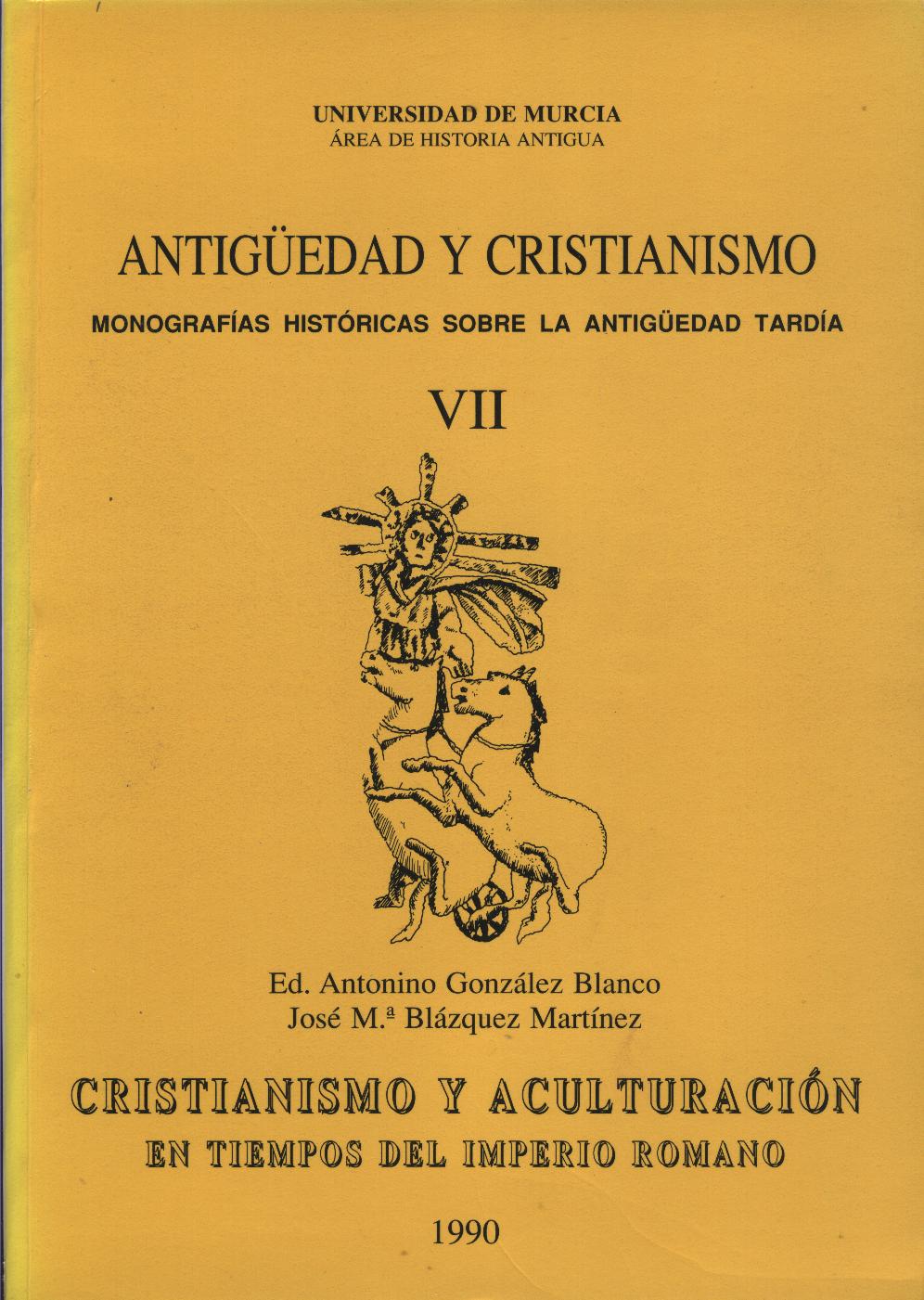La tonsura como objeto de reglamentación canónica en las diócesis de occidente
Résumé
The subject of tonsure entered into the christian literature towards the middle of fourth century and it takes root during the fifth and sixth centuries. This article brings together the data related to the subject of hair in the pre-christian era, such as Biblical and Hellenistic-Roman references. It is during the middle of the fourth century when, with the intention of defining the forms of behaviour which distinguish the Christians from the pagans, it is taken into account the hair style. First the monks, and shortly afterwards the secular clergy, enter into the theme. The criterium which directs them to adopt this position emanates from a tradition which the Liber Pontificalis dates to the second century during the papacy of S. Anicetus. Vague references to the subject appear in the Synod of Gangra and in the fourth Synod of Carthage in the fourth century, and in the fifth century in the council of Angers and in the first Irish Synod. Tonsure is also mentioned in the second council of Toledo and the second Council ef Braga in the sixth century and, in the seventh century, its undisputed use is mentioned in the fourth Council of Toledo. Hispania plays an important role in its development.
Téléchargements
-
Résumé319
-
PDF (Español (España))1034
1. Los autores ceden de forma no exclusiva a la revista los derechos de explotación (reproducción, distribución, comunicación y transformación).
2. Las obras que se publican en esta revista están sujetas a la licencia Attribution-ShareAlike 4.0 International (CC By SA 4.0). Por lo que se pueden copiar, usar, difundir, transmitir y exponer públicamente, siempre que:
i) se cite la autoría y la fuente original de su publicación (revista, editorial y URL de la obra), permitiendo así su reconocimiento.
ii) se permite remezclar, transfromar o crear a partir del material mientras se mantenga la misma licencia del original.
Nota: Los artículos anteriores a 2022 muestran incorrectamente la licencia CC by SA en la página de resumen. Están bajo una licencia CC by NC ND tal y como se incluye en los pdfs de los artículos. Los artículos publicados en 2022 y después están bajo la licencia CC by SA.

3. Condiciones de auto-archivo. Se permite y se anima a los autores a difundir electrónicamente las versiones pre-print (versión antes de ser evaluada) y/o post-print (versión evaluada y aceptada para su publicación) de sus obras antes de su publicación, ya que favorece su circulación y difusión más temprana y con ello un posible aumento en su citación y alcance entre la comunidad académica. Color RoMEO: verde.
























